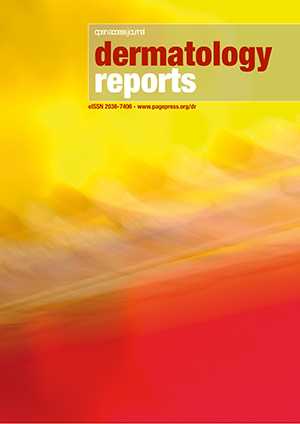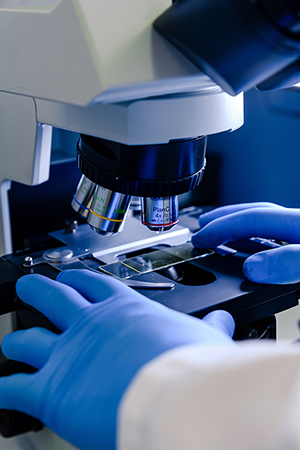Skin infection by larva migrans and scabies mites: case reports on unusual skin localizations
All claims expressed in this article are solely those of the authors and do not necessarily represent those of their affiliated organizations, or those of the publisher, the editors and the reviewers. Any product that may be evaluated in this article or claim that may be made by its manufacturer is not guaranteed or endorsed by the publisher.
Authors
Unusual skin infection localization represents a challenge to physicians regarding presentation and mode of acquisition, which may influence the diagnosis. At the same time, the administration of incorrect drugs due to a misdiagnosis might have a negative impact on the disease course. This article presents two cases detailing the unusual presentation of larva migrans and scabies mite infection in two Italian patients, highlighting the importance of clinical vigilance and comprehensive evaluation of patients. These cases suggest how an accurate diagnosis requires a high index of suspicion and appropriate diagnostic tools, such as dermoscopy, for the prompt recognition of skin infections and the consequent optimal patient outcome.
Supporting Agencies
Editorial assistance was provided by Simonetta Papa, PhD, Valentina Attanasio, and Aashni Shah (Polistudium SRL, Milan, Italy). This assistance was supported by Dermatologia Myskin Srl.How to Cite

This work is licensed under a Creative Commons Attribution-NonCommercial 4.0 International License.








